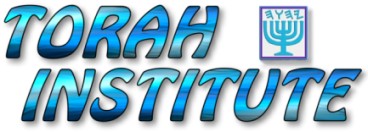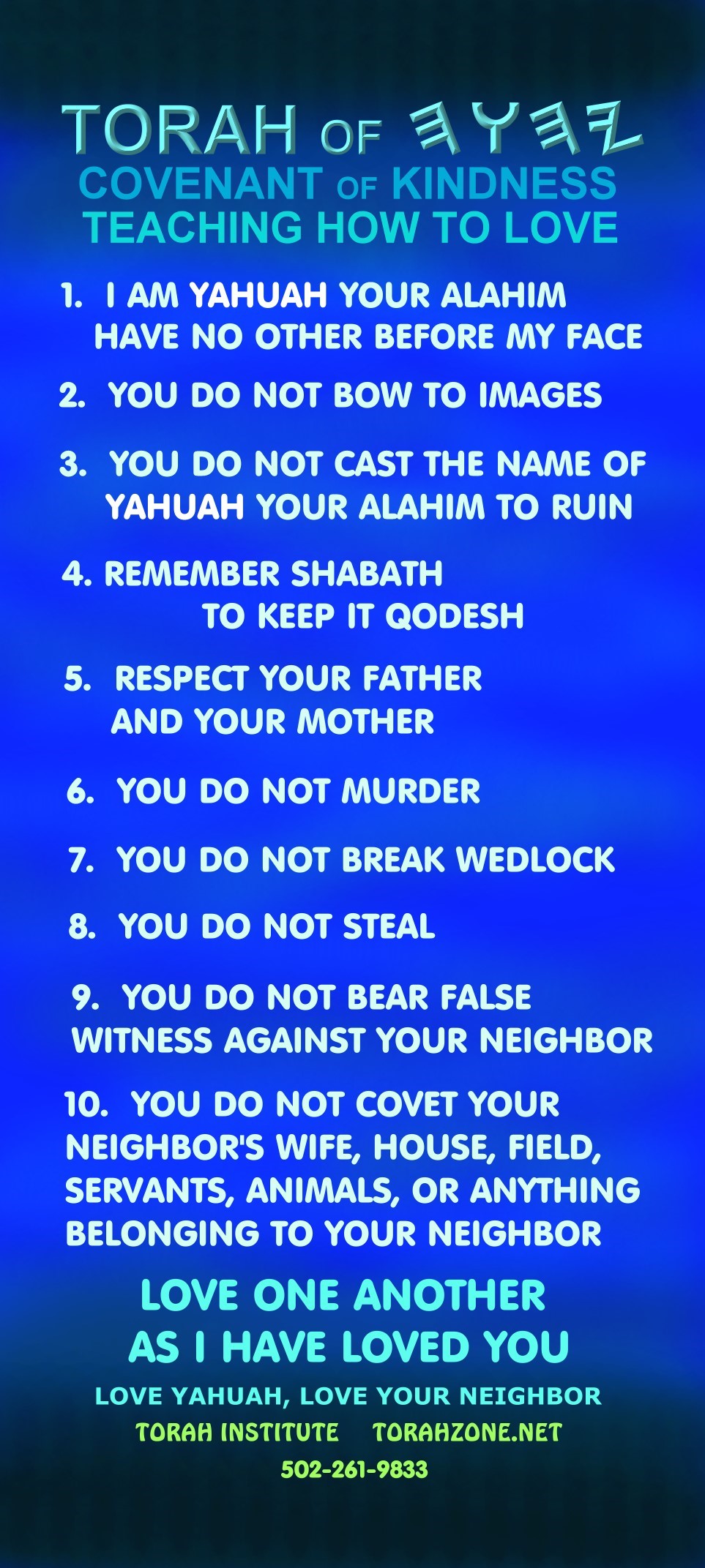
FIRST-FRUITS
is a shadow of
RESURRECTION (to stand again, or ANASTASIS in Greek)
A response to an article promoted by
BibleStudyTools.com:
The Date of Easter,
Theologically Driven,
by John Aloisi
WHO IS EASTER?
The impregnation festival in the
spring
(9 months from the sun's birthday, December 25th)
was known in each avatar of the beast (reign of Babel).
The Great Mother was known as Ishtar, Astaroth, Eostre, Artemis, Diana,
Libertas, and dozens more.
Mother Nature, or Gaia, is the current midden (pagan garbage heap) the media
is sifting out. The fertility emblems - eggs, rabbits, and fish - and her
association with the moon, are overlooked by those hypnotized by the
dragon's schemes.


Have you ever
wondered what happened?
The pagan customs were adopted slowly after the first talmidim (Natsarim) fell
asleep, as we read the letter of Polycrates to the elder in Rome.
The
Transformation Of Paganism
Truth Or Tradition - The Transformation Of Paganism
Acts 18 mentions the early expulsions of Torah-guarding Yahudim from the city of
Rome by emperor Claudius a few years prior to the destruction of Yerushalem. The
2nd century writings of Polycarp of Smyrna reveal in a letter to Victor, a
fellow elder in Rome, discouraging the observance of Easter, and encourage
Passover instead.
Polycrates emphatically stated that he was following the tradition passed down
to him:
“We observe the exact day; neither adding, nor taking away. For in Asia
also great lights have fallen asleep, which shall rise again on the day of the
Master's coming … All these observed the fourteenth day of the Passover
according to the besorah, deviating in no respect, but following the rule of
belief.
And I also, Polycrates, the least of you all, do according to the
tradition of my relatives, some of whom I have closely followed. For seven of my
relatives were bishops; and I am the eighth. And my relatives always observed
the day when the people put away the leaven [5].”
Emperor Theodosius (A.D. 78-398) officially forced Constantine's Catholicism the
State Religion of the Roman Empire, and made church membership compulsory. The
forced conversions filled the assemblies with unregenerate pagans, while
continuing to tax those who observed other beliefs.
Download a tract / article with more details on how the Fiscus Judaicus (a Roman
tax on Torah observers) slowly transformed the assemblies planted by the first
Natsarim into steeple-building pagans observing Sun-day and eating swine.
Crumbs fall from the children’s
table (Yisrael being the “children”)
Feedback:
Dear John,
Your recent article
mentioned how professing believers have argued over “when” to observe
“Easter.”
You quoted from the 4th-century
writings of Eusebius and the 4th-century Apostolic Constitutions.
There is no way to establish a date for "Easter" from Scripture, since it is
an adopted festival from heathens.
It is obvious that you are
trying to find out more, so I’d like to share just a little of what my
research has revealed on this subject, in love.
Most realize the
resurrection of Yahusha on the first day of the week fulfilled the “sign of
Yonah,” 3 days and 3 nights from the time of His burial.
What is less known is that
His resurrection was the fulfillment of one of the
redemptive shadows: that of First-fruits.
The waving of the barley omer was conducted by the Kohen ha’Gadol (High Priest) on the
“morrow after the Sabbath” (the 1st day of the week, Lev 23:11),
during the week of Matsah, a 7-day leaven-free period following Pesach
(known as Passover, or the Greek, Pascha).
Lev 23:11:
“And he shall wave the sheaf
before Yahuah, for your acceptance. On the morrow
after the Sabbath the priest waves it.”
Passover is on the 14th day of
the 1st moon; the Lamb was slain between the evenings on this day.
Without the protection of
the blood of the Lamb, slain in our place, we would all perish. Passover
points to Yahusha’s death, pierced for our transgressions, a smiting for our
iniquities (lawlessnesses) – see Is / YashaYahu 53.
After Passover, the
next event or shadow is about the resurrection:
First-fruits
is on the morrow after the weekly Sabbath, and foreshadows the resurrection
of Yahusha as the “First-fruits.”
This was the
only sign Yahusha gave as evidence of His teaching authority, and that He is Who He claimed to
be.
He is the “first” to be
resurrected, and His followers await their resurrection at His return, on
the “day of the shout,” Yom Teruah.
Resurrection
(to “stand again”) is the object that casts the “shadow” –
the “outline” or figure implied by the terms referring to “harvest.”
The meanings are concealed
and are veiled “shadows,” keeping outsiders from “hearing” and
understanding.
The resurrection of Yahusha
was on a 1st day of the week, however this does not change
when the Sabbath day is observed. The resurrection points to the fulfillment
of the wave-sheaf offering known as “First-fruits.”
There is no “Easter” (as a
word) in the Writings of the followers of Yahusha, it is a mistranslation in
the KJV at Acts 12:4. “Easter” is the heathen name for the Earth mother,
Ishtar (Asherah, Eostre, Isis, Astoreth, Astara, etc.,.). It involved
“sunrise services” (Ezekiel 8).
The reason people don’t know
when, how, or why the prophetic fulfillments like Passover, First-fruits,
Shabuoth, Yom Teruah, Yom Kaphar, and Sukkoth occur is due to the fact that
Constantine forbade their observance.
They are the redemptive festivals
outlining in “shadows” how Yahusha is redeeming Yisrael, His bride. We must
engraft into the Covenant to partake of the blessing of the olive tree, not
remain a wild olive tree assuming we “replaced” the one true olive tree.
The reason people can’t get
to the Truth is that they are not abiding (living) in Yahuah’s Word:
John / Yahukanon
8:31, 32:
“So Yahusha said to those Yahudim who believed
Him, “If you stay in My Word, you are truly My taught ones, and you shall
know the truth, and the truth shall make you free.”
Lew White
Torah Institute
Torah Institute
http://www.torahzone.net
Aseret
ha’Dabarim (Ten Words) condensed from Deut/Debarim 5:

www.torahzone.net
The Ten Commandments teach us how to love Yahuah, and how to
love our neighbor. They are not taught by any faith group as written.
Yahusha asked if He would find the faith on the Earth when He
returned.
If populations understood the purpose of the Ten
Commandments, they would embrace them.
Instead, preachers tell the followers they are impossible to
obey.


